Types of Waves
Introduction
A wave is a disturbance or variation which travels through a medium or vacuum. Waves are all around us and come in a variety of forms. They can be classified based on their characteristics and properties.
1. Mechanical Wave
When particles vibrate in a medium in which the wave propagates, then the wave is known as a mechanical wave. Consequently, momentum and energy are exchanged among the particles and between the particles and the medium. Examples of mechanical waves are the surface wave, the sound wave, and the seismic wave. The ripples that we observe in a pond are also mechanical waves.
Mechanical waves can be classified into two categories based on the motion of the particles – longitudinal and transverse. In longitudinal waves, the vibration or periodic disturbance occurs in the same direction as the wave’s propagation. In transverse waves, the vibration or periodic disturbance occurs in a direction perpendicular to the wave’s propagation.
A. Longitudinal Wave
When a longitudinal wave propagates, it compresses and rarifies the medium. The particles in the medium move back and forth along the direction of propagation of the wave. As a result, there are regions with high and low pressures. A few examples of longitudinal waves are the sound wave, the ultrasound wave, and the seismic P-wave.
B. Transverse Wave
A sine or a cosine function usually represents a transverse wave, called a wave function. The displacement of a wave from its axis of propagation is proportional to the sine or cosine of the angle the displacement vector makes with the axis. Examples of transverse waves include electromagnetic waves (light and heat), ripples on the water surface, vibrations on a guitar string, and seismic S-wave.
2. Seismic Wave
An earthquake or explosion generates a seismic wave, which propagates through the body and surface of the Earth. A seismic wave is studied by seismologists using a seismograph, which records the frequency and amplitude of the waves to study Earth’s subsurface activities. Seismic waves can be classified into body waves and surface waves.
A. Body Wave
As the name suggests, body waves travel through the body of the Earth’s interior and have a frequency higher than the surface wave. Body wave is divided into P or primary and S or secondary waves. P is longitudinal, and S is transverse.
B. Surface Wave
A surface wave is similar to a transverse wave but travels along the boundary between the Earth’s surface and air, i.e., through the crust. It has a lower frequency than body waves and is responsible for the damage and destruction caused by earthquakes. The particles in a surface wave move in a circular or elliptical motion that diminishes at a certain depth from the surface. Two common types of surface waves are the Raleigh wave and the Love wave.
3. Electromagnetic Wave
An electromagnetic wave, or EM wave, is created by a combination of an electric and magnetic field in planes perpendicular to each other. The direction of propagation of the wave is perpendicular to both the electric and magnetic field vectors. Unlike mechanical waves, electromagnetic waves do not need a medium to propagate. There are seven types of electromagnetic waves – radio wave, microwave, infrared, visible light, ultraviolet, x-rays, and gamma rays. Light constitutes the visible part of the EM spectrum and comprises seven colors – violet, indigo, blue, green, yellow, orange, and red.
FAQs
Ans. Mechanical wave, including longitudinal and transverse, appears to vibrate in a place.
Ans. Electromagnetic waves are of a transverse type.
Ans. Mechanical wave, like sound wave, requires a medium.
Ans. Radio wave has the longest wavelength.
Ans. Cell phones use radio waves.
Ans. Security pens use ultraviolet radiation.
Ans. Whales communicate using sound waves.
Ans. Night vision devices use thermal imaging technology to capture infrared light.
Article was last reviewed on Thursday, November 17, 2022

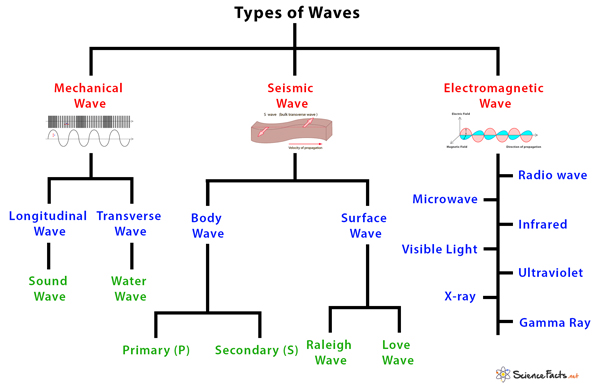

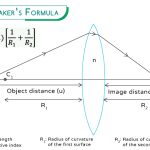
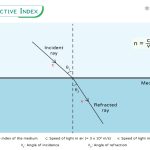

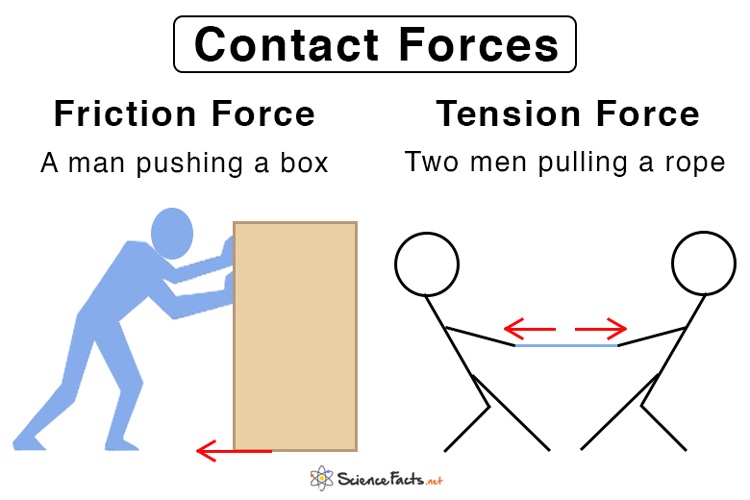
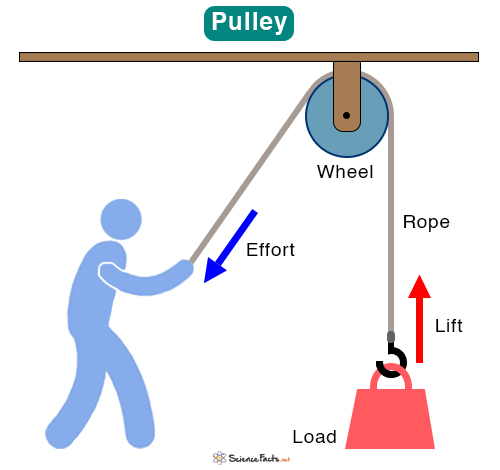
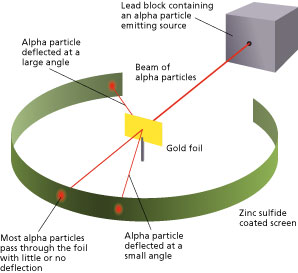
it is nice